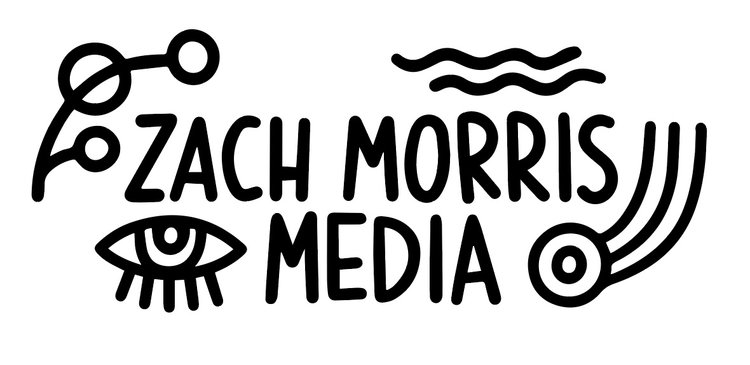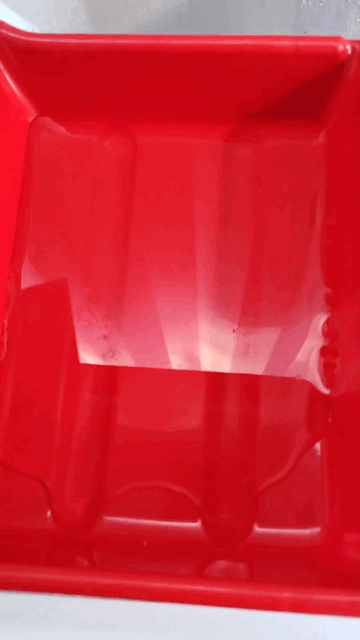Zachary Morris: an image-maker merging old-school technique with new-school tech.
Self portrait, silver on purple aluminum.
Fascinated by old technology and things that are repairable, Zachary Morris doesn’t make photographs like your average 20-something in the year 2020. Using stinky chemicals, ancient-looking cameras, and lenses that weigh more than a newborn, Zachary creates portrait images using a process that your great-grandparents would’ve been familiar with.
Nestled in his tiny studio-space near Downtown Portland, Oregon, shelves overflow with broken camera parts, miscellaneous tools, and a seemingly endless number of screws and other random bits. To Zachary, the chaos is managed, and all just a part of the process. All of the cameras Morris uses to make photographs have been fully disassembled, cleaned, and returned to full working order; a necessary step to Morris feeling comfortable with his tools.
“At the bare minimum, when I acquire a new lens, the whole thing gets stripped down and cleaned. Sometimes there are hairs and fingerprints hidden within, and sometimes I find that a previous owner incorrectly assembled the lens after cleaning. Regardless of condition, making entirely sure that it’s free of fungus is crucial. Just one infected lens can introduce fungus to an entire collection.”

















Getting your portrait taken by Zachary is almost akin to having a Polaroid taken… except you watch him create that Polaroid entirely from scratch just for your individual photo. Each shot is carefully hand-poured, coating a sheet of black aluminum with the light-sensitive emulsion that will later become the photograph. The process, known as the wet plate collodion process, dates back to the near-origins of photography.
“Alright… now don’t move from there”. *BANG*
Before long, the brightest flash you’ll ever see blinds your eyesight, momentarily, and Zachary goes running back into his homemade-darkroom. Before long, he emerges, holding a finished photograph that is ready to frame.
A tintype getting dropped into the fix bath, the final step in the development of a plate.
“What you’re seeing is silver,” Zachary explains. “The highlights, or the bright part of the image, are literally silver particles that are leftover from the process. That’s one of the reasons it looks so special, it’s very different than any print you’ve ever seen.”
Surprisingly, not all old-school challenges are fixed with old-school solutions; Zachary often uses 3d-printing and laser-cutters to manufacture custom parts and upgrades for his cameras.
“The juxtaposition of it all fascinates me. Knowing that my camera was made by hand, almost a century ago, and is getting new parts that I designed on my computer. These tools allow to me iterate ideas far faster than the original camera builders could have. Often just an hour of 3d-modeling can produce a fixture that would otherwise take hours to produce in a traditional woodshop.”





